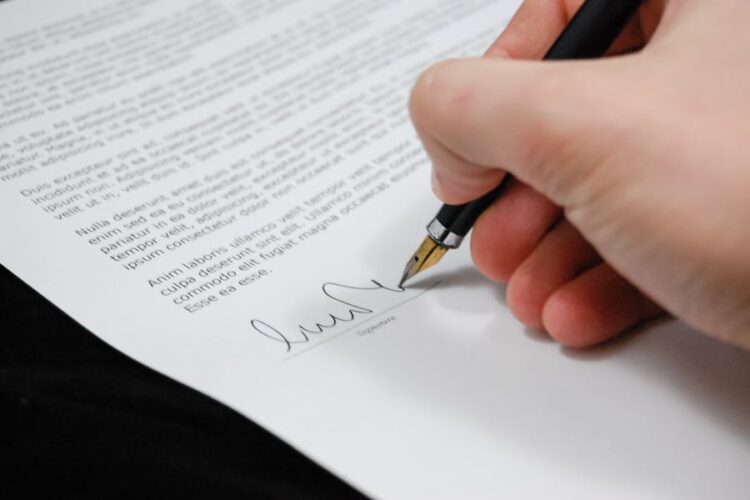Sports and recreational activities are integral parts of many people’s lives, offering not only physical benefits but also enjoyment and social interaction. However, participation in sports inevitably comes with the risk of injuries. While some injuries are considered part of the game, others result from negligence or intentional actions. This article explores whether you can initiate a personal injury claim involving sports injuries, detailing the legal principles, types of injuries, and the process of filing a claim.
Understanding Sports Injuries
Types of Sports Injuries
Sports injuries can range from minor to severe, impacting athletes of all levels. Common sports injuries include:
- Sprains and Strains: Damage to ligaments (sprains) or muscles/tendons (strains).
- Fractures: Broken bones, which may require extensive medical treatment.
- Dislocations: Joints forced out of their normal position.
- Concussions: Traumatic brain injuries resulting from blows to the head.
- Overuse Injuries: Injuries caused by repetitive stress, such as tendinitis and stress fractures.
Causes of Sports Injuries
Injuries in sports can occur due to various factors, including:
- Accidents: Unintentional harm during the normal course of play.
- Rule Violations: Intentional or reckless disregard for the rules of the sport.
- Negligence: Failure to take reasonable care, such as inadequate supervision or poorly maintained equipment.
- Defective Equipment: Faulty gear that causes injury.
- Unsafe Conditions: Dangerous playing surfaces or environments.
Legal Principles in Sports Injury Claims
Assumption of Risk
One of the primary defenses in sports injury cases is the doctrine of assumption of risk. This legal principle holds that participants in sports willingly assume the inherent risks associated with the activity. For example, a football player accepts the risk of tackling and physical contact.
Gross Negligence and Intentional Harm
While assumption of risk covers many injuries, it does not protect against gross negligence or intentional harm. Gross negligence involves a reckless disregard for safety, going beyond simple carelessness. Intentional harm refers to deliberate actions intended to cause injury.
Waivers and Releases
Many sports organizations require participants to sign waivers or releases, limiting liability for injuries. However, these documents do not provide blanket immunity. Courts may invalidate waivers if they are overly broad, ambiguous, or signed under duress.
When Can You File a Personal Injury Claim?
Determining Negligence
To initiate a personal injury claim for a sports injury, you must establish that negligence occurred. This involves proving four key elements:
- Duty of Care: The defendant owed a duty of care to the injured party. In sports, coaches, trainers, facility owners, and equipment manufacturers typically have a duty to ensure safety.
- Breach of Duty: The defendant breached this duty by failing to meet the standard of care.
- Causation: The breach of duty directly caused the injury.
- Damages: The injury resulted in actual damages, such as medical expenses, lost wages, and pain and suffering.
Examples of Negligence in Sports
- Coaching Negligence: A coach fails to provide proper instruction, leading to an athlete’s injury.
- Inadequate Supervision: A lack of adequate supervision during a game or practice results in harm.
- Unsafe Facilities: Poorly maintained fields or courts cause accidents.
- Defective Equipment: Faulty sports equipment injures a player.
- Failure to Address Medical Issues: Ignoring or mishandling an athlete’s medical condition exacerbates the injury.
Intentional Torts
Personal injury claims can also arise from intentional torts in sports, such as assault and battery. If a player intentionally injures another, they may be held liable for the harm caused. For instance, a hockey player who deliberately uses their stick as a weapon during a game could face both criminal charges and a civil lawsuit.
Filing a Personal Injury Claim
Steps to Initiate a Claim
- Seek Medical Attention: Prioritize your health by seeking immediate medical care for your injuries. Proper documentation of your injuries is crucial for your claim.
- Document the Incident: Collect evidence, including photographs, videos, witness statements, and incident reports. Detailed documentation strengthens your case.
- Report the Injury: Notify relevant parties, such as coaches, league officials, or facility managers, about the injury.
- Consult an Attorney: Engage an injury lawyer serving White Plains, New York experienced in sports injury cases. They can provide valuable guidance and representation.
- Investigation and Filing: Your attorney will investigate the incident, gather evidence, and file a formal claim on your behalf.
Statute of Limitations
The statute of limitations for filing a personal injury claim varies by state. It is essential to be aware of the deadlines, as failing to file within the specified period can result in the loss of your right to compensation.
Challenges in Sports Injury Claims
Proving Negligence
Proving negligence in sports injury cases can be challenging due to the inherent risks associated with sports. Demonstrating that the injury resulted from a breach of duty, rather than normal play, requires compelling evidence.
Assumption of Risk Defense
Defendants often argue that the injured party assumed the risk of injury by participating in the sport. Overcoming this defense involves showing that the injury was not a foreseeable risk or resulted from gross negligence or intentional harm.
Impact of Waivers
Waivers and releases can complicate personal injury claims. However, courts may invalidate these documents if they are found to be unreasonable, ambiguous, or signed under duress.
Initiating A Personal Injury Claim With Sports Injuries Is Possible
Initiating a personal injury claim involving sports injuries is possible, but it requires a thorough understanding of legal principles and careful navigation of potential defenses. While the doctrine of assumption of risk poses a significant hurdle, claims can succeed if gross negligence or intentional harm is proven. Proper documentation, legal guidance, and a well-structured case are essential for seeking compensation for sports-related injuries. Whether you are an athlete, coach, or parent, knowing your rights and the legal avenues available can help ensure safety and accountability in sports.










